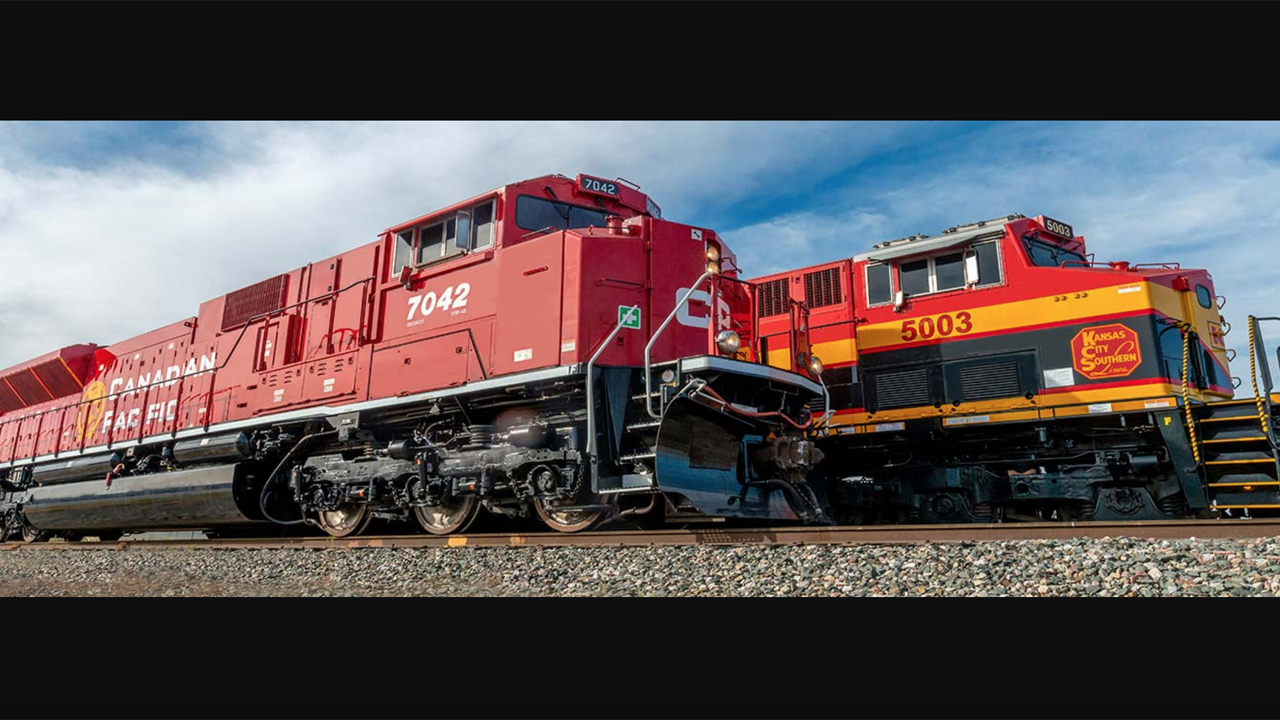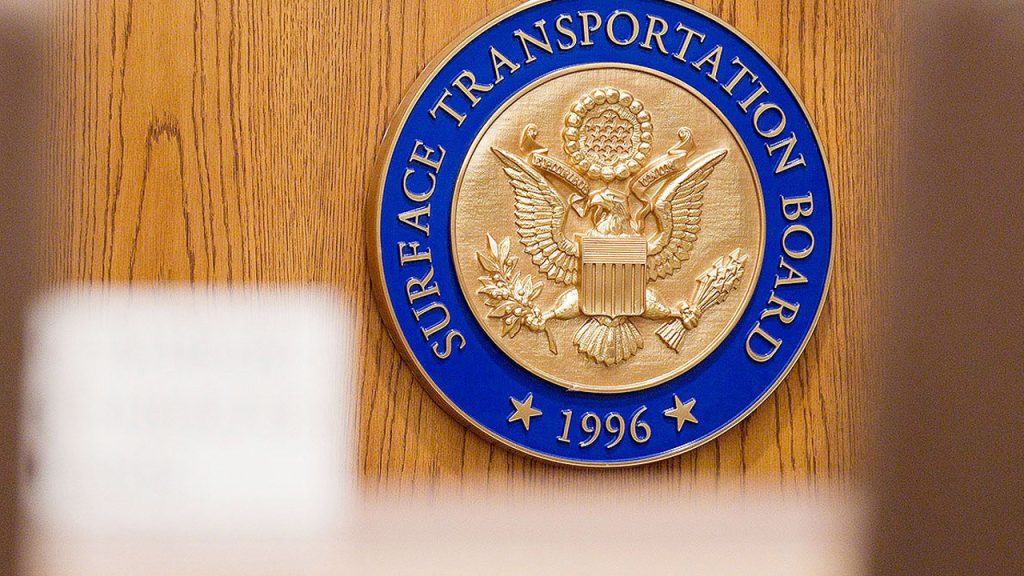
STB Advances Environmental Review of CPKC
Written by Marybeth Luczak, Executive Editor
In September 2021, Canadian Pacific and Kansas City Southern agreed to combine, forming Canadian Pacific Kansas City, the first U.S.-Mexico-Canada rail network. The Surface Transportation Board on Nov. 23, accepted for consideration their merger application.
The Surface Transportation Board’s Office of Environmental Analysis (OEA) is moving forward with its assessment of Canadian Pacific Kansas City’s (CPKC) potential effects on the environment.
The public had until Jan. 3, 2022 to provide comments on the scope of OEA’s environmental review of the proposed Canadian Pacific–Kansas City Southern combination, CPKC. (In September 2021, the two Class I railroads agreed to merge; two months later, the Surface Transportation Board accepted for consideration their merger application.)

In total, OEA received 492 comments, 49 of which were oral comments from six online public scoping meetings and 443 of which were written comments. Based on the comments received and OEA’s own analysis, OEA developed a Final Scope of Study (download below) for the Environmental Impact Statement (EIS) that it will prepare.
The scope of the analysis will include:
• “Anticipated changes in level of operations on rail lines (for instance, an increase in average number of trains per day) for those rail line segments that meet or exceed the Board’s thresholds for environmental review in 49 C.F.R. § 1105.7(e).
• “Expected changes in activity at rail yards and intermodal facilities to the extent such changes may exceed the Board’s thresholds for environmental analysis in 49 C.F.R. §1105.7(e).
• “Planned capital improvements, including new sidings, siding extensions, and installation of double track and industry track.” There are 25 total projects: 13 existing passing siding extensions; 10 passing siding additions; the addition of approximately four miles of double track in Blue Valley near Kansas City, Mo.; and the addition of approximately five miles of facility working track adjacent to the International Freight Gateway intermodal terminal near Kansas City.
The EIS will also analyze potential impacts of CPKC on the environment, including the areas of: freight and passenger rail capacity and safety, including hazardous materials transport safety; roadway/rail at-grade crossings, including safety, delay, and emergency response delay; transportation systems; noise; air quality and climate change; energy; cultural resources; hazardous waste sites; natural resources, water resources, and navigation; environmental justice; cumulative impacts; and mitigation measures.
“Based on OEA’s initial screening of topics pertinent to the Proposed Acquisition and on the fact that no comments were received on the topics of land use, recreation, geology, soils, and aesthetics,” the EIS will not include them, OEA reported.

OEA is slated to release a draft EIS this spring that addresses the environmental issues and contains OEA’s preliminary recommendations for environmental mitigation measures. The document will be made available for public and agency review and comment for 45 days.
The next step: OEA will prepare a Final EIS that addresses Draft EIS comments and makes revisions as needed. It is scheduled to be completed this fall.
In making its final decision on CPKC, the Surface Transportation Board will consider the Draft EIS, the Final EIS, any public comments received, and OEA’s recommendations, including recommendations for potential environmental mitigation.



